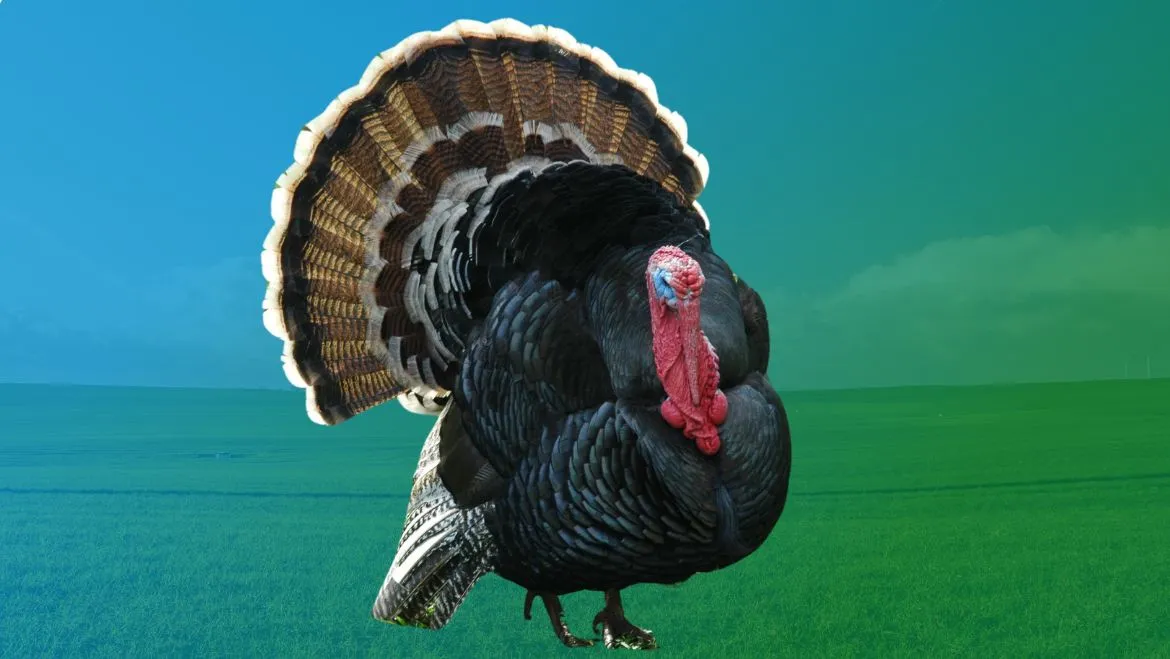As a matter of safety, when I began learning shamanism, I was clearly and unequivocally instructed to work only with spirits classified as “benevolent.” Little did I know that breaking this rule would save my life several years later.
In core shamanism, we talk about three worlds we can journey to: the Lower World, the Middle World, and the Upper World. Typically, only benevolent spirits are found in the Lower and Upper Worlds. In the Middle World, however, you can encounter anything. I always tell my students that the Middle World is like the Wild West. Here, you’ll find the good, the bad, and everything in between, from powerful or powerless ancestors, plant spirits, and lost souls to mystical beings.
Without a doubt, it is crucial to critically evaluate, with the help of your own spirits, which spirits you should work with and which to avoid before engaging with any spirits in the Middle World. This is the theory of core shamanism as defined by Michael Harner and the Foundation for Shamanic Studies, mainly designed for working with spirits within our Western culture. The reality is, we Westerners initially understand very little about shamanism. Magic is not shamanism, I emphasize. Often, we equate or confuse the two.
Western culture is full of magic, but that is not shamanism. Shamanism likely originated in Siberia from a culture known as the Ulchi. The last practicing Ulchi shamans are no longer alive. Shamanism can also be found in different forms in parts of the Americas, having migrated there before it developed into shamanism. The works of Carlos Castaneda are fascinating, entertaining, and full of wisdom but unfortunately far from true. So, it makes sense, if one truly wants to learn shamanism, to explore how it was practiced in Siberia. Referring to its origins there is only fair.
Back to the topic. The view of spirits and their categorization into good and evil did not exist in this form. Most shamans worked much more in the Middle World and with Middle World spirits that did not fit into the categories of good or evil. In my own work, I encountered such a spirit belonging to my ancestors—a spirit that protects my ancestral line, is good when appropriate, and defends when necessary. This is often the actual reality. Spirits are neither purely good nor evil. Depending on the context, they may attack or defend, and it is a major task to communicate with them in an appropriate and respectful manner, for the good of the greater whole.
I believe that we can all communicate with these beings of our ancestral lines and reclaim our power if we are ready to take full responsibility for the power that comes with it. One of my first shamanic teachers advised me not to communicate with Middle World spirits. One can only imagine what a grave mistake I would have made. This spirit is not only a protector but also a great teacher. Without the spirits belonging to our ancestral line, we are incomplete.
Moving Beyond Dualistic Thinking
To fully embrace shamanism and its teachings, we must move away from dualistic thinking that categorizes spirits and experiences as strictly good or bad. The Middle World, where many spirits reside, reflects a spectrum of qualities and intentions. By understanding that spirits can be protective, instructive, or challenging based on context, we cultivate a more nuanced and respectful approach to our spiritual practice. Embracing this complexity allows us to better navigate our spiritual journeys, fostering deeper connections with our ancestral spirits and the broader spiritual ecosystem.







